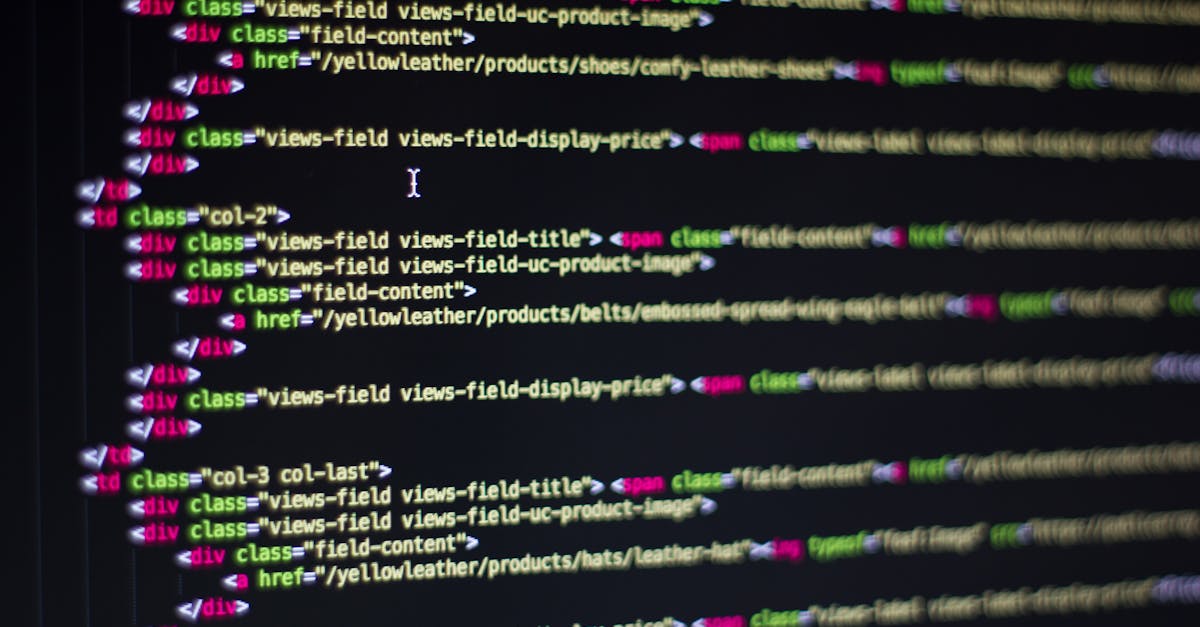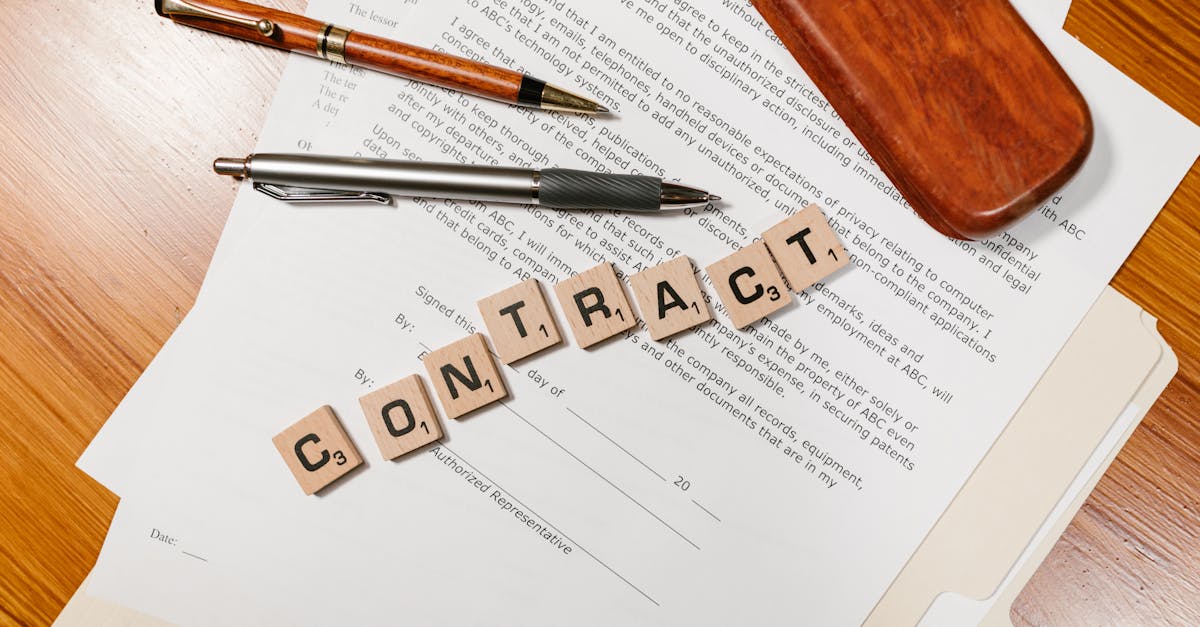
Introduction
As organizations increasingly rely on scraped web content for competitive intelligence and contract research, the legal, privacy and operational stakes have never been higher. One misstep—violating a site’s Terms of Service, mishandling personal data, or overwhelming a target’s infrastructure—can trigger litigation, regulatory fines, or loss of access to vital sources. To keep teams moving fast without creating avoidable exposure, you need a practical, checklist-driven approach to data extraction that balances speed with compliance.
Overview: Pair this checklist with document automation to generate consistent TOS reviews, DPAs, privacy‑policy updates and operational templates quickly—reducing review bottlenecks and ensuring repeatable controls. The sections that follow walk through a legal risk matrix (IP, contract breach, trespass, misappropriation); privacy and cross‑border rules; technical safety measures (throttling, caching, robots.txt); provenance and audit trails; when to prefer licensed feeds over scraping; and the templates and operational checks (vendor assessments, escalation flows) you should have in place. Use this guide to brief legal, compliance or HR stakeholders and to operationalize safe, defensible intelligence collection.
Legal risk matrix for scraping: IP, contract breach, trespass to chattels and misappropriation considerations
Purpose: Frame the legal exposures you face when conducting data extraction and web scraping so teams can make informed go/no‑go decisions.
Risk matrix (practical view)
- Intellectual Property (copyright, database rights): Scraping substantial verbatim content or structured databases can trigger copyright or sui generis database claims. Focus on whether the value is in the expressive content or in the raw facts.
- Contract breach (Terms of Service): Automated scraping that violates a site’s Terms of Service may expose you to breach claims and, in some jurisdictions, contract damages. Always review TOS before large-scale scraping.
- Trespass to chattels/denial-of-service risk: Aggressive crawling that interferes with target systems can create tort liability. Throttling and respecting rate limits mitigate this.
- Misappropriation and trade secrets: Extracting non‑public proprietary data (even from public front‑end pages) may give rise to misappropriation or trade secret claims if the data was kept confidential.
Practical controls: perform a TOS review, seek licensing where value and risk are high, restrict scope to non-proprietary fields, and keep collection rates conservative. When in doubt, favor an API or licensed feed over scraping.
Privacy and data protection: identifying personal data, lawful bases, opt-outs and cross-border transfer risks
Identifying personal data: Before you ingest a dataset, classify whether fields are personal data (names, emails, device identifiers, IP addresses, behavioral profiles). Remember that combinations of otherwise non‑identifying fields can create personal data through linkage.
Lawful bases and processing purpose: Under data protection regimes (e.g., GDPR), every data extraction for personal data needs a lawful basis — commonly consent, contractual necessity, or legitimate interests. Document the legal basis and the balancing test for legitimate interests.
Opt-outs and subject rights: Build mechanisms for opt‑out, data access, rectification, and deletion. Even if data were publicly viewable, subjects retain rights under many privacy laws.
Cross‑border transfer risks: When moving harvested data across borders, check adequacy decisions, Standard Contractual Clauses, or other transfer mechanisms. For sensitive or large userbases consider local processing or a legal opinion before transfer.
Operational tips:
- Run a Data Protection Impact Assessment (DPIA) for high‑risk extraction projects.
- Minimize collection: only ingest fields you need for the use case (data minimization).
- Pseudonymize or hash identifiers early in the data ingestion/ETL pipeline.
See also privacy template updates to reflect online collection practices: https://formtify.app/set/privacy-policy-agreement-33nsr
Technical safety measures: throttling, caching, API-first alternatives, and obeying robots.txt and rate limits
Throttle and backoff: Implement per‑target rate limits, exponential backoff, and maximum concurrency for crawlers. This reduces risk of being blocked and lowers trespass tort exposure.
Caching and delta updates: Use caching to avoid re‑fetching unchanged content. Delta pulls (only change detection) cut bandwidth and load on target sites, supporting both ethics and reliability.
API‑first and licensed feeds: Prefer APIs or licensed data providers where available — they’re often more reliable, reduce legal exposure, and simplify your ETL and data quality work.
Robots.txt and site signals: Respect robots.txt and sitemap directives as a baseline safety practice. While not determinative legally in all jurisdictions, honoring robots.txt demonstrates good faith and reduces operational friction.
Technical best practices:
- Use clear user‑agent strings and contact information.
- Throttle by IP/domain, not globally.
- Implement retries with jitter and backoff to avoid synchronized bursts.
- Monitor response codes and error rates; auto‑pause on repeated 4xx/5xx responses.
These measures protect target infrastructure and preserve your ability to rely on collection in compliance reviews.
Documenting provenance: logs, timestamps, and automated audit trails to defend collection methods
Why provenance matters: When you rely on scraped or mined data for compliance, litigation, or regulatory inquiries, a robust provenance record demonstrates lawful, non‑misleading collection practices.
Key provenance artifacts
- Immutable logs: Store fetch logs (URL, headers, response status, timestamps) in append‑only stores with access controls.
- Content hashes: Keep checksum or hash of raw HTML/JSON and of any transformed artifact (PDF, extracted CSV) to prove integrity.
- Extraction metadata: Record the tool/version, extraction rules, OCR engine settings (for document data extraction and ocr data extraction), and who approved the job.
- Audit trails: Automated trails that show when data entered your ETL, who accessed it, and any downstream transformations.
Practical steps: timestamp all stages of your data extraction pipeline, sign or seal critical files, and retain logs according to your record‑retention policy. These records are invaluable if you need to defend data mining or data scraping activities later.
Contract and public records scraping: permissible uses and when to rely on licensed data providers
Public records and permitted scraping: Many public records can be legally scraped, but permission and use limits vary by jurisdiction and the record source (court dockets, registries, SEC filings). Verify each source’s access terms and reuse policies.
When the safe path is licensing: Rely on licensed data providers when:
- you need long‑term reliability or SLAs;
- data is behind access controls or rate‑limited and obtaining it directly would breach terms;
- you require additional legal indemnities or data quality guarantees.
Use cases to consider: Some analytical uses (e.g., profiling, credit decisions) are higher risk and often better served by licensed, curated datasets. For lower‑risk reporting or enrichment, responsibly scraped public records can be suitable if provenance is documented.
Templates and legal docs to have in place: website Terms of Service reviews, DPAs, and privacy policy updates
Core documents to maintain: Keep updated copies of your website Terms of Service, privacy policy, and Data Processing Agreements (DPAs) with vendors. These are the primary documents auditors and regulators will ask to see.
What to review or include
- Terms of Service: Check for scraping prohibitions, API access terms, and acceptable use language. Where you collect on behalf of clients, align your TOS with actual practices.
- Privacy Policy: Update to disclose automated collection, categories of data collected (including data extraction from website and document data extraction), lawful bases, and user rights: https://formtify.app/set/privacy-policy-agreement-33nsr
- Data Processing Agreement (DPA): Ensure DPAs exist with any vendor that handles personal data you ingest or process. Include security, subprocessors, and cross‑border transfer clauses: https://formtify.app/set/data-processing-agreement-cbscw
Clauses to add for scraping projects:
- Data minimization and retention limits for scraped content.
- Security measures for storage of harvested data (encryption at rest/in transit).
- Disclaimer of liability for third‑party content; indemnities where appropriate.
Operational checklist: vendor assessments, escalation flows, and integrating scraped intelligence into safe Formtify templates
Pre‑collection checks:
- Run a legal & TOS assessment for each target domain.
- Classify data fields against personal data rules and decide lawful basis.
- Run a data quality and vendor assessment if using third‑party tools (look for security posture, SOC reports, DPA).
Live‑operation controls:
- Use throttling, caching, and API alternatives where available.
- Maintain provenance logs and set monitoring alerts for run failures or abnormal load.
- Set escalation flows: who to notify on takedown requests, legal holds, or potential legal exposure.
Post‑collection integration: Map scraped outputs into your ETL/data ingestion pipeline with cleansing, deduplication, and enrichment steps. Label data with provenance metadata so downstream consumers know origin and limitations.
Integrating with Formtify: Where you use Formtify templates to publish or operationalize intelligence, ensure the templates reflect documented lawful bases, retention rules, and opt‑out mechanisms. Use the Formtify TOS, privacy, and DPA templates as starting points: Terms, Privacy, DPA.
Practical note on tooling: Maintain an approved list of data extraction tools (including OCR and ETL platforms), and document use cases such as data extraction from PDF, data extraction from website, or automated data extraction pipeline tasks. Trainers and hiring teams should align job specs (data extraction jobs, data extraction python skills) to these approved tools and documented controls.
Summary
Key takeaways: This checklist distills the practical controls you need to run competitive intelligence and contract research more safely — covering legal risk (IP, contract breach, trespass, misappropriation), privacy and cross‑border issues, technical safeguards (throttling, caching, APIs, robots.txt), provenance and audit trails, and when to choose licensed feeds over scraping. Pairing these controls with document automation lets HR and legal teams produce consistent TOS reviews, DPAs, and privacy updates quickly, reducing review bottlenecks and improving repeatable governance. Treating data extraction as a documented, minimized, and auditable activity helps you move faster with fewer legal surprises. Get started with templates and operational guidance at https://formtify.app
FAQs
What is data extraction?
Data extraction is the process of pulling structured information from unstructured or semi‑structured sources, such as web pages, PDFs, or documents. It focuses on identifying relevant fields, cleaning and normalizing them, and moving them into a system where they can be analyzed or used in downstream processes. Good extraction workflows include provenance, validation, and retention controls to support compliance.
How do you extract data from a PDF?
Extracting data from a PDF depends on the PDF type: native PDFs often allow direct text parsing, while image‑based PDFs require OCR to convert pixels into text. Use field‑mapping, pattern matching, and validation rules to structure the output, and include quality checks to catch OCR errors or misaligned fields. Automate extraction where possible but keep manual review for high‑risk or high‑value documents.
Which tools are best for data extraction?
The right tools depend on your sources and scale: use APIs and licensed feeds where available, OCR and document‑parsing engines for PDFs, and ETL platforms for pipeline orchestration. Prioritize tools with strong security posture, logging/provenance features, and vendor DPAs when handling personal data. Evaluate based on data quality, SLA needs, and legal risk for each use case.
Is web scraping the same as data extraction?
Web scraping is one method of data extraction that specifically targets content published on websites, often via HTTP requests and HTML parsing. Data extraction is a broader term that also includes APIs, manual entry, OCR, and licensed feeds. Because scraping can carry additional contractual and technical risks, treat it as a use‑case that needs its own legal and operational controls.
Is data extraction legal?
Whether data extraction is legal depends on jurisdiction, the source of the data, contract terms, intellectual property issues, and privacy laws. Publicly visible content is not automatically free to use — review Terms of Service, identify personal data and lawful bases, and prefer licensed feeds when risk is high. When in doubt, document your decision process and consult legal counsel before running large‑scale projects.





